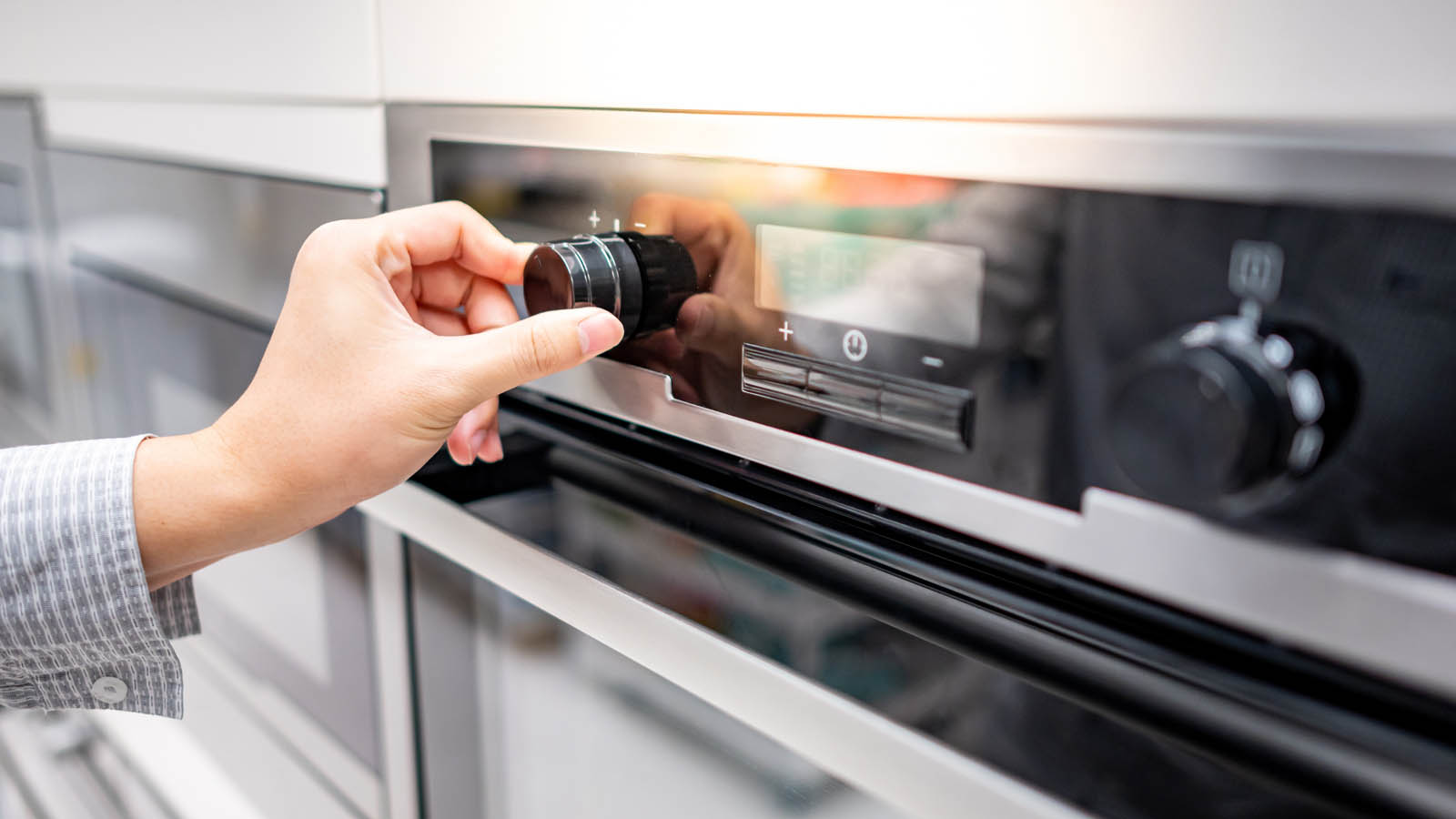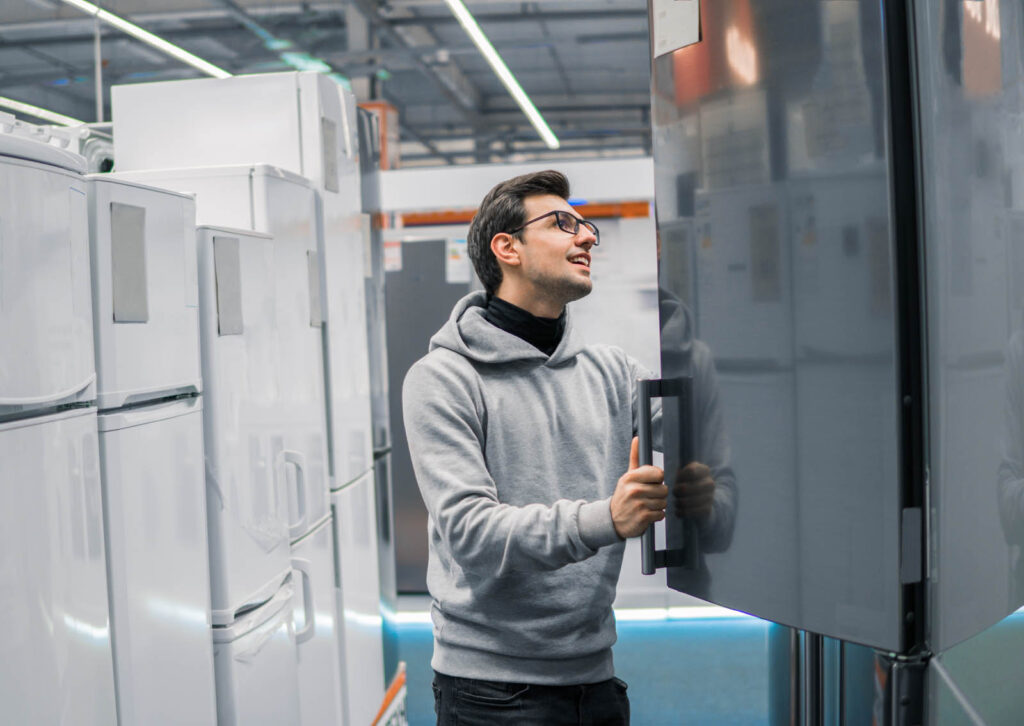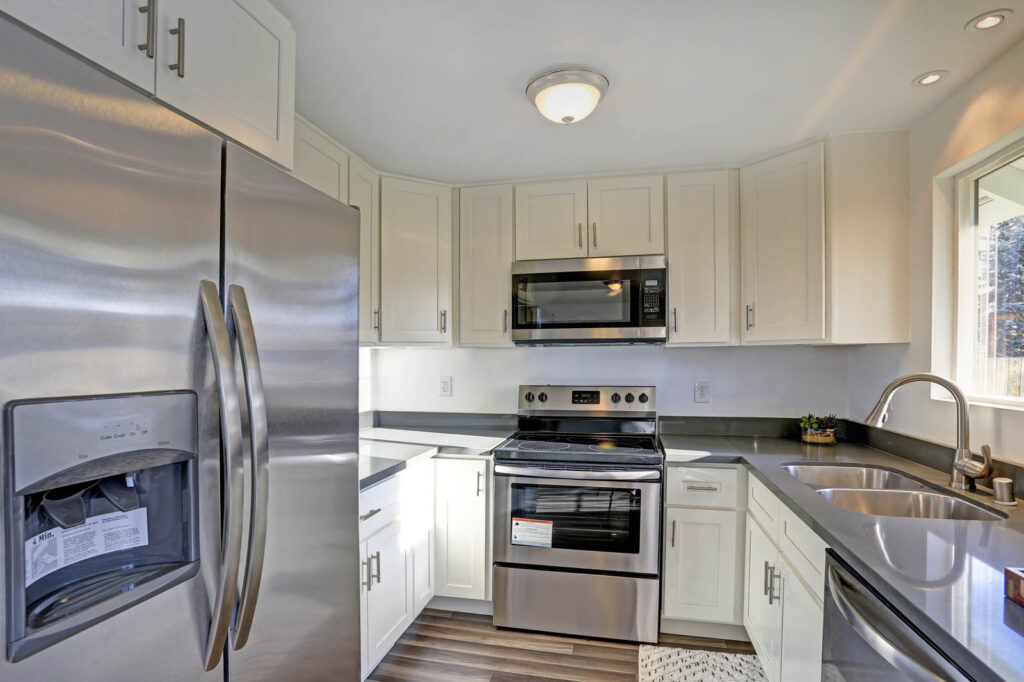
overview
A large kitchen appliance brand developed a new product designed to bring the kitchen experience to the next level. The brand approached C+R Research to conduct a product test with the twin goals of validating their product versus the competition and identifying areas for optimization prior to launch.
C+R researchers utilized a central location test so that consumers could interact with the client’s product and competitive products. We then conducted surveys and focus groups to quickly assess how the product stood up to its competition. The client walked away with hard numbers around overall preference and preferred features, an understanding of the reasoning behind those numbers, and some stand-out ideas for optimization.
THE PROBLEM
What’s the Best Way to Assess Whether Your Product Is Better Than Its Competition?
A large kitchen appliance brand approached C+R to conduct a product test with the primary goal of validating their new product versus the competition. The client team had already undertaken many phases of consumer and market research to develop the appliance. Now they needed to validate if the appliance was preferred to the in-market competition and explore any potential refinements.

OUR APPROACH
The Best of All Worlds – Central Location Tests, Surveys, and Focus Groups
C+R researchers knew that having consumers physically interact with the prototype (as well as five competitive appliances) in-person would be the best way to test the product. Given the challenge of placing large appliances, a central location test was the most efficient way to achieve a quantitative sample size while also creating the opportunity for qualitative discussions about the products.
The large kitchen appliances were delivered and set up in a room spacious enough to allow the client team to observe consumer interactions. Consumers open to the product category and design, and in the market for an appliance, were pre-recruited to the facility to evaluate the six appliances. Across six sessions and two days, more than 140 consumers evaluated all the appliances in random order.
Each session started with a self-administered evaluation of the appliance among a large group of consumers and ended with a focus group conversation among six hand-picked respondents and a C+R moderator. The focus group discussion flowed from a pre-drafted discussion guide but was modified for each session based on the composition of the group and their product preferences and top benefits.

The result
The Protype Was a Hit, With Some Refinements
The comprehensive research approach resulted in confirmation that the new product was preferred by most consumers. The qualitative conversations uncovered several areas for optimization. And the in-person research allowed the marketing team to hear first-hand how consumers talked about the new product – ultimately informing their launch strategy.
Though the client team left the central location test knowing the preference for their new product, the study concluded with a cohesive story report that wove together qualitative and quantitative findings.


proven experience
related case studies
